We may earn money or products from the companies mentioned in this post. This means if you click on the link and purchase the item, I will receive a small commission at no extra cost to you ... you're just helping re-supply our family's travel fund.

You come for salt air and sand time, but some days the smart move is staying dry. Rip currents, shorebreak, and wind-driven waves turn familiar beaches into training grounds that even strong swimmers misread. Use this as a calm, practical heads up. Walk piers from land, bike boardwalks, book a harbor cruise, and watch the flag system. Wait for green to return, lifeguards back on duty, and forecasts that match your comfort. The ocean will be there tomorrow.
New York: Lake Ontario Shoreline

From Niagara to Oswego, brisk onshore winds stack short, steep waves while rip currents form beside piers and jetties. A red or yellow flag is not a dare. Stay off breakwalls slick with spray, keep kids on the dry side of the sign line, and move any swim to a guarded bay or pool. If you want water views, walk the promenade with a coffee and count sets. The lake behaves like an inland sea. Treat it with the same caution you bring to the Atlantic.
Wisconsin: Lake Michigan Beaches
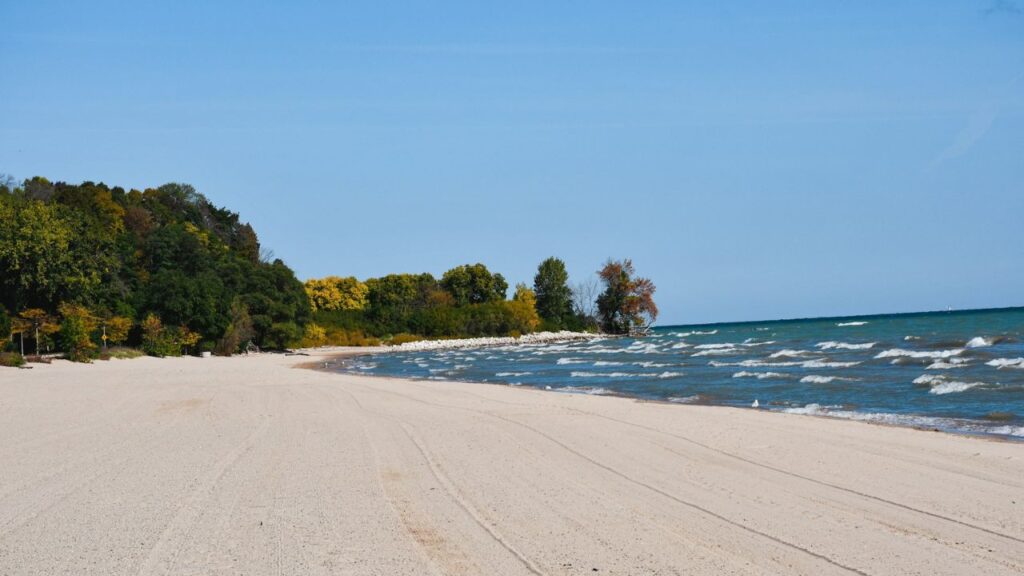
Door County and the long east shore look serene, then wind pivots and river mouths light up with channelized currents. Beach advisories name problem spots for a reason. Skip the dip, tour a lighthouse, hike a bluff, or try a fish boil and let the gale pass. If someone gets pulled, throw a flotation aid and call for help. Do not enter the water unless trained and equipped. Cold shock and fast sweep can outrun even a strong rescuer in seconds.
Illinois: Cook County Lakefront

From Evanston to Jackson Park, three to five foot faces pound piers and feed longshore currents that drag you sideways before you feel the pull. Give the lake room. Avoid wet concrete, breakwaters, and selfie stops near spray. Trade the swim for a river architecture cruise or a museum day, then return when flags go green. Even confident swimmers should wait for a guarded beach and smaller wind waves. Lake Michigan looks tame until it does not. Believe the forecast.
Michigan: Cheboygan And Presque Isle
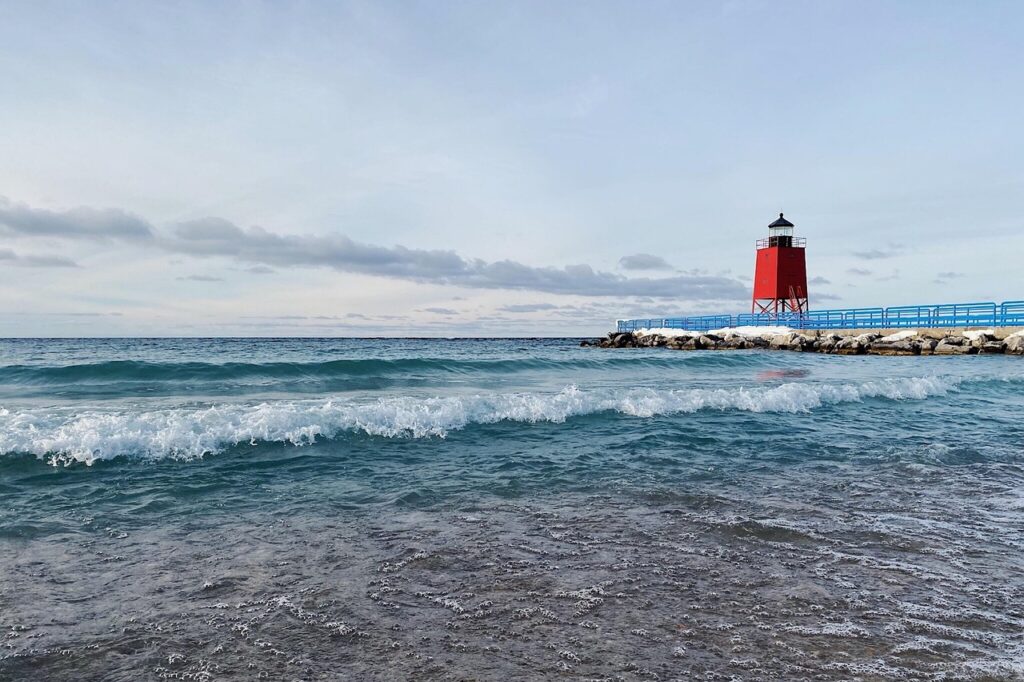
Northern Huron lights up fast when wind builds. Three to six foot waves punch through sandbars, rips set along jetties, and anglers on rocks get swept with one bad step. Shift your water time to a calm inland lake or a marina swim area and keep kids on the sand. If you walk a pier, wear a life jacket and stay well back from the edge when waves crash. Red flag means no entry. The reward for patience is clearer water and safer sets tomorrow.
North Carolina: Crystal Coast And Outer Banks
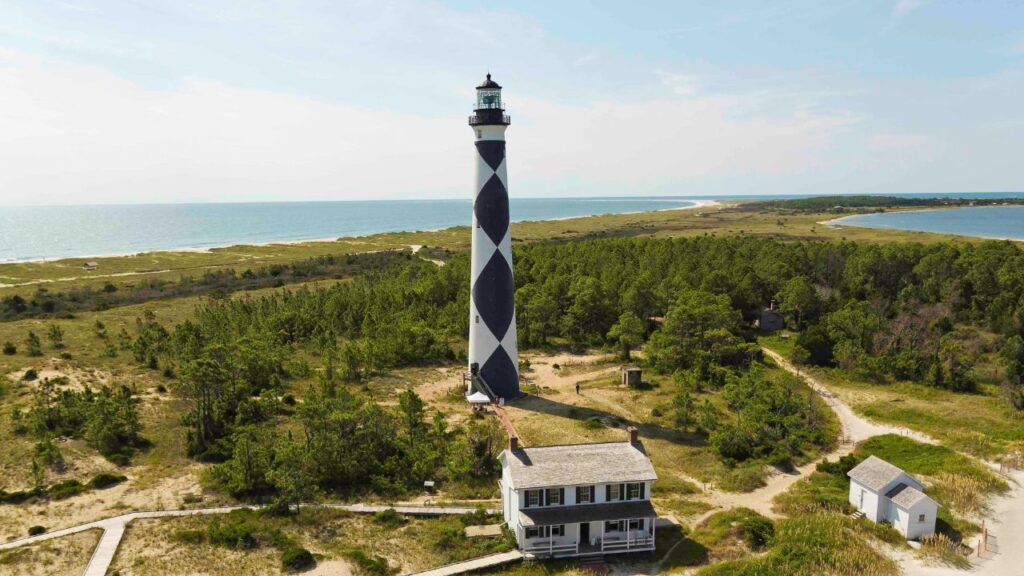
A powerful offshore system sends long-period swell that looks beautiful and hits hard. Rip currents set near inlets and piers, and shorebreak slams at high tide. Lifeguards and local offices urge you to stay on shore until the swell fades. Make it a coastal day anyway. Visit a maritime museum, watch wild horses from dry sand, or paddle a sheltered sound with a guide. When beaches reopen, swim near a stand, read the posted risk, and keep kids within arm’s reach.
Ohio: West-To-East Lake Erie Shore
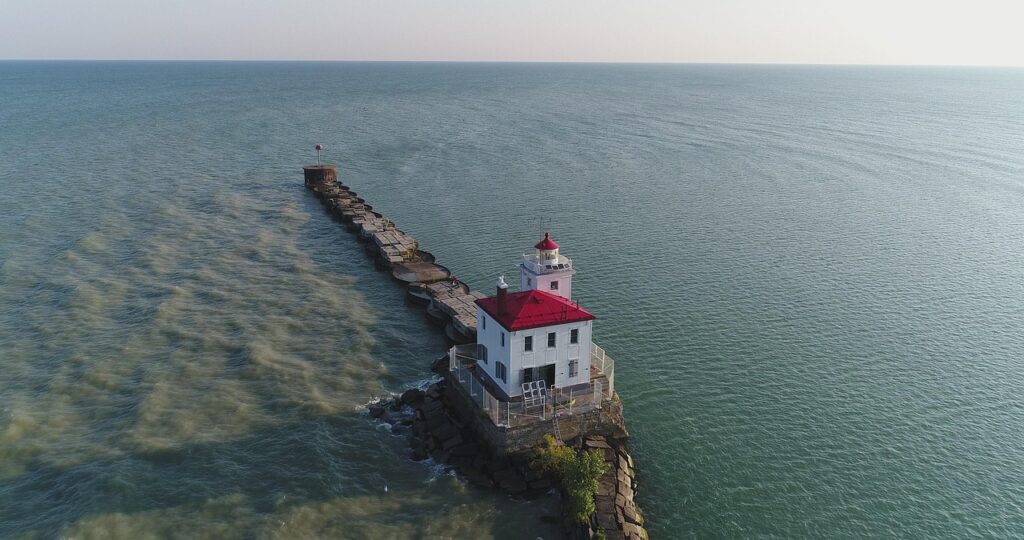
After a front, Erie kicks up quickly. Winds push three to six foot waves that carve cuts through sandbars and along breakwalls. The water is shallow until it isn’t, and a rip can slide you beyond your depth in seconds. Skip inflatables, stay off piers, and move plans to a ferry ride, island bike loop, or bird walk while advisories hold. Strong swimmers wait for calmer flags. Small-craft advisories and safe swimming rarely share the same afternoon.
Pennsylvania: Presque Isle State Park
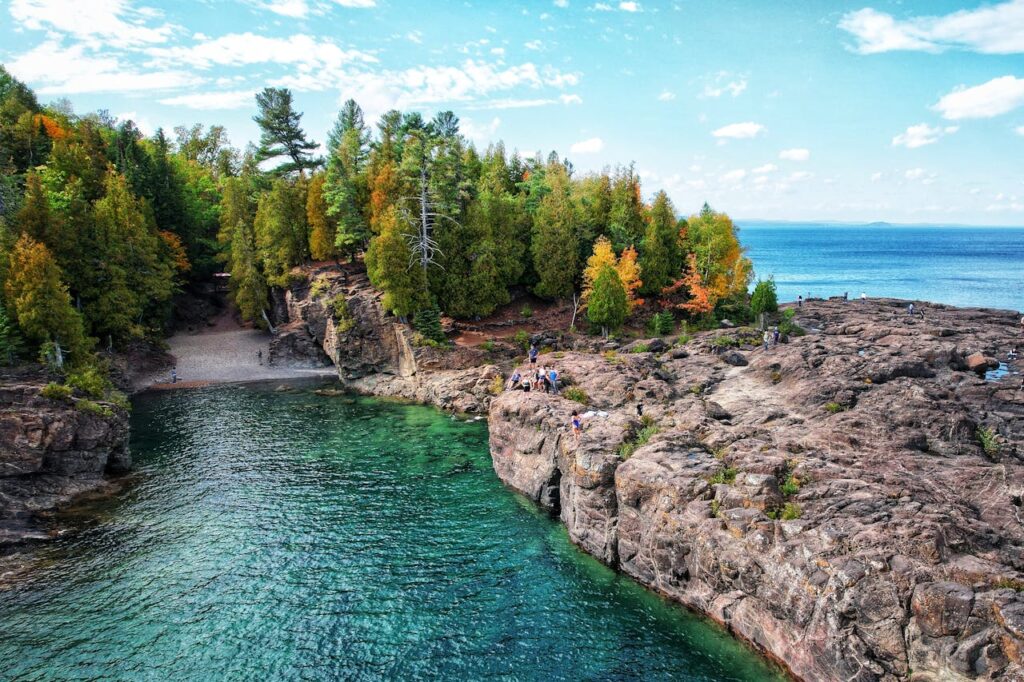
Presque Isle’s gentle arcs hide fast-moving channels when waves meet angled bars. A high rip risk means you watch the lake, not swim in it. Rangers may close access points and fly red flags to keep you on shore. Bring bikes for the peninsula loop, scan for terns at Gull Point, and save the wade for the next fair day. If someone is caught, throw a float and call for help. Do not become a second victim. The lake gives clear signs. Listen.
Virginia: Tidewater And Eastern Shore
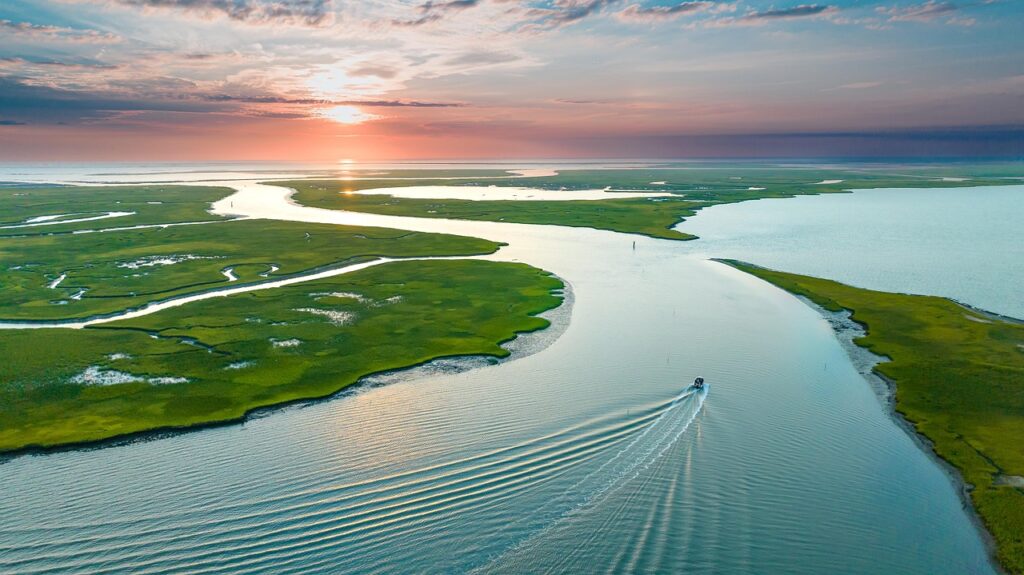
Shifting winds and swell stack up shorebreak and rips, especially near groins and piers. Even fit swimmers lose ground when a feeder current runs along the beach before shooting seaward. Sit this one out. Walk the boardwalk, watch surfers from dry sand, or tour marsh creeks with a ranger. When the ocean settles, swim in view of a stand, learn the day’s risk level, and match your plan to the conditions you see, not the ones you hoped for.
Maryland: Ocean City To Assateague
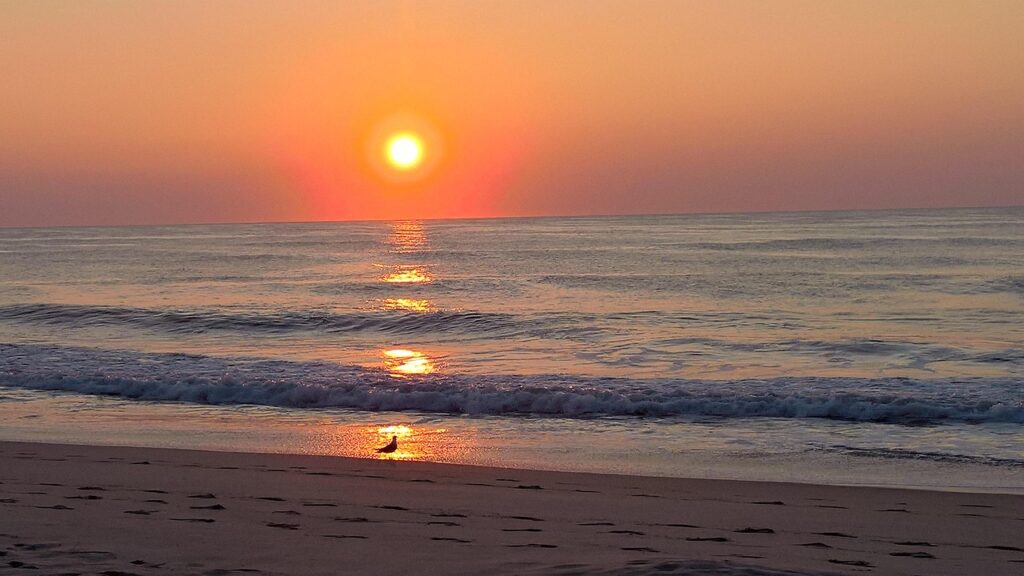
From high-rise blocks to wild dunes, the Atlantic can look manageable while rips churn just beyond the wade zone. Hazard statements urge you to skip swimming and keep off jetties where a single wave can sweep you in. Make it a beach day without the water. Fly a kite, walk for shells at low tide, scan for ponies in the backshore, and give the ocean time. If a rescue unfolds, clear space and let professionals work. Red flag means stop, not maybe.